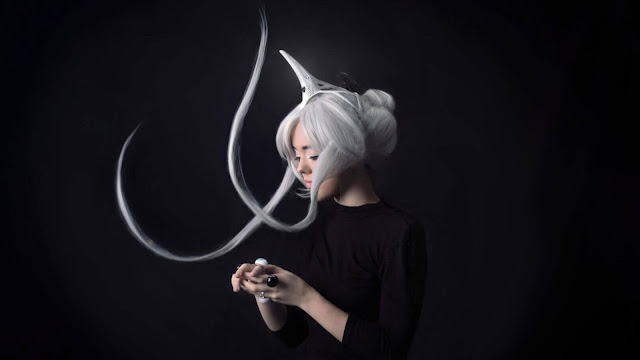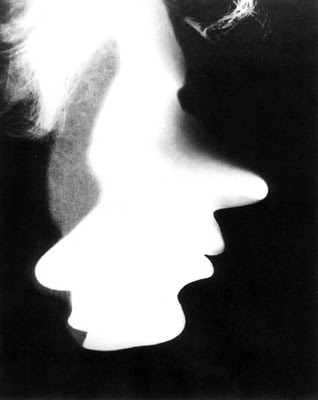Week 4 | Medicine + Technology + Art
The Human Genome Project mentioned in this week's lecture is a quite familiar topic. I have a minor in bioinformatics and have done lots of computational genetics projects. Therefore, I have a totally different vision regrading human body and organisms. Human body for me is a set of binary variables, a huge dataset encoding the answer to the secrets of life. Based on my learnings so far, one aspect that shocked me the most is epigenetics. Genes are believed to be nice "programmers" which literally erase parts of the genetic codes and reprogram before passing down to the offsprings. To me, they are also like intelligent artists who ensure the uniqueness of each organism.
Another artist who builds connection between genetics and art is through architecture. Mara G. Haseltine built Homologous Hope at Basser Research Center. The piece is composed of carbon fibers and it is a very accurate scientific representation of DNA repair mechanism. The sculpture transmits the message of hope in the field of genetic treatment.
One interesting art work website related to genetics is DNA11. This website sells personalized portrait of DNA sequences. The statement they make is that DNA itself is the most unique form of art. As long as you send a copy of DNA sample, the company would generate DNA sequences for you and you can choose the color and form to represent your DNA.
The delicacy and mystery of genomics is also the source of inspiration of many artists. At Broad Institute, Daniel Kohn has a large art piece spanning for seven floors. The seventh floor has an art piece which is composed of straight green lines in a white background, with tiles either translocated or inverted, representing the linearity of gene sequences and the epigenetic incidences.
 |
| Daniel Kohn's art work at Broad Institute |
 |
| Homologous Hope |
It's amazing to see how genomics field generates so many collaborations with arts. Indeed, genes were born to be unique for every single identity.
Sources:
Dolgin, Elie. "Genomics: Art of the hypothetical." Nature News. Nature Publishing Group, 17 July 2013. Web. 30 Apr. 2017. <http://www.nature.com/nature/journal/v499/n7458/full/499283a.html>.
"Homologous Hope Public Sculpture." Mara G. Haseltine. N.p., n.d. Web. 30 Apr. 2017. <http://www.calamara.com/new-work/homologous-hope/>.
"From lifecomes art." DNA Art by DNA11 | Your DNA as artwork on canvas. N.p., n.d. Web. 30 Apr. 2017. <http://www.dna11.com/>.
CYPHER, A DIY TRANSGENIC KIT. N.p., n.d. Web. 30 Apr. 2017. <http://www.ekac.org/cypher.text.html>.
Wrenn, Scrapworm, and Netherzone. Halfway to Invisible. N.p., 01 Jan. 1970. Web. 30 Apr. 2017. <http://halfwaytoinvisible.blogspot.com/>.



Comments
Post a Comment